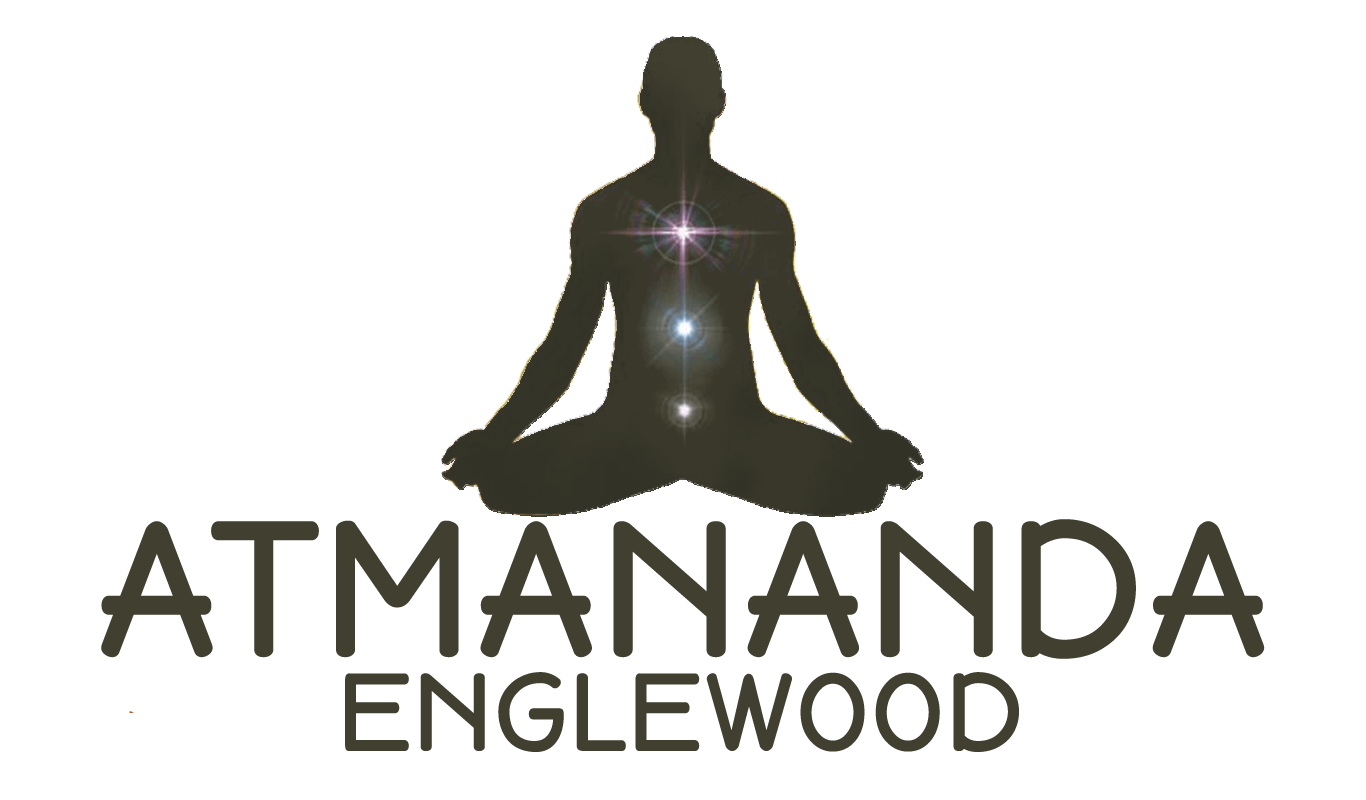Get to know Atmananda
A welcoming yoga studio dedicated to fostering health, mindfulness, and connection within the community.
Our Story
What is Atmananda?
The word Atma means “self,” and Ananda means “bliss.” Together, Atmananda represents the path to self-realization and inner joy. No one has the power to give you bliss. Only you can elevate yourself to total self bliss.
Atmananda Yoga Studio is a holistic wellness center offering Vinyasa yoga, meditation, and integrative wellness services. Founded by Jhon Tamayo, the studio is home to the Atmananda Yoga Sequence—a dynamic Vinyasa flow rooted in Iyengar, Hatha, and Ashtanga traditions. This unique sequence is designed to guide students through a safe, progressive, and deeply intentional practice.

The Atmananda Yoga Sequence is recognized worldwide and has been taught internationally across Japan, Dubai, China, Germany, Sweden, Colombia, and the United States—graduating over 2,000 students. With his enigmatic presence and dynamic teaching style, Jhon T. offers a once-in-a-lifetime experience, guiding each individual toward their own inner truth.
To further support safe alignment and a deeper connection to the practice, Jhon T. developed the revolutionary Atmananda Yoga Mat™. With mathematically designed alignment lines, the mat has transformed how yogis across the globe refine their form and achieve balance—both on and off the mat.
THE STUDIO OFFERS THE FOLLOWING
ATMANANDA YOGA STUDIOS
Offering expert instructors, diverse classes, and serene spaces for all skill levels. Find your perfect yoga sanctuary today!

